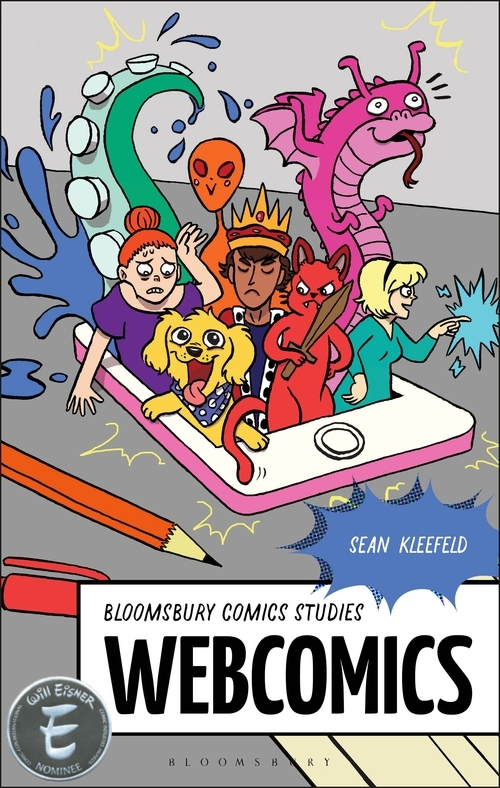 Ah, yes... 1988! The Cold War was still in full swing, the Iran-Contra scandal was permeating the headlines, used hypodermic needles and syringes began washing up on the shores of New York, George ("No new taxes") Bush was elected President of the United States... Comic and cartoon fans saw the deaths of Milton Caniff, Daws Butler, Charles Addams, Roger Hargreaves, Alan Napier, and Charles Keeping. It was a pretty cynical and depressing time to grow up. Not surprisingly, this was reflected in many forms of pop culture: music, film, TV, and of course comic books.
Ah, yes... 1988! The Cold War was still in full swing, the Iran-Contra scandal was permeating the headlines, used hypodermic needles and syringes began washing up on the shores of New York, George ("No new taxes") Bush was elected President of the United States... Comic and cartoon fans saw the deaths of Milton Caniff, Daws Butler, Charles Addams, Roger Hargreaves, Alan Napier, and Charles Keeping. It was a pretty cynical and depressing time to grow up. Not surprisingly, this was reflected in many forms of pop culture: music, film, TV, and of course comic books.The Cold War -- and the perpetual, looming threat of mutually assured destruction -- spawned any number of post-apocalyptic stories. Many of them included/featured a desolate wasteland desert, scavenged technology, war-ravaged "muties" and a seemingly obligatory flashback/narration explaining how the world we knew ended. Some of these stories, like Akira, were done masterfully. Others, like Yor, Hunter From the Future, are best left forgotten. Most them, though, fall somewhere in between. Such is the three-issue Winter World mini-series from Eclipse Comics.
The story is about a "trade rider" named Scully and his pet badger Rah Rah. In a trading deal gone sour, he picks up a young girl named Wynn, but they both soon find themselves captured as slaves by the area heavy/hooch merchant. Scully escapes, but finds his conscience getting the better of him. He convinces a nearby tribe to back him on a rescue mission and, several fight scenes and explosions later, Scully drives Wynn and Rah Rah off to find Wynn's long-lost family/tribe.
The whole premise begins with the Earth having frozen over, and the humans that are still around are left scavenging whatever they can find. Vegetation is scarce since most of the ground is too cold to support it, and one of the few sources is a glass-covered baseball stadium that serves as the antagonist's lair. So, combined with the "muties" that wear scruffy clothes and old football gear as armor, it's not too far removed conceptually from any of a dozen other Post-Apocalypse tales. Except for the fact that it takes place in a winter wasterland instead of a desert wasteland, it reminded me more than a little of Spacehunter: Adventures in the Forbidden Zone.
That said, there are a few things working in it's favor. Chuck Dixon is a pretty solid writer and generally does "gritty" or "grizzled" relatively well. Despite the, even by then, over-used plot set-up, he did a good job of defining the characters and the setting. More importantly, he does so WITHOUT resorting to flashbacks or extended narration. Although the time-frame is a little vague in #1, there's a scene in #2 in which a tribe has gathered around an old Pizza Hut, not realizing what it was. And even Scully, who by those standards is extremely well-educated, only knew that it was some kind of food service location; he was under the impression, though, that pizza was an animal that was killed and eaten. That scene is, I think, an example of good storytelling in that we're shown that A) we're still on Earth, B) it's far enough in the future that people have forgotten what pizza is, and C) it's not so far in the future that a Pizza Hut or baseball stadium will fall apart. This is good storytelling craftsmanship, and Dixon should be commended for it.
The art works reasonably well. I do like Jorge Zaffino's illustration style, and he keeps the story moving along smoothly. I did stumble a bit, however, over a fight sequence towards the end but, by and large, there were no issues here. But in general, I would say the art throughout the series was good.
The books aren't in high demand, so they shouldn't be too expensive if you find them. However, they're also 20-year-old comics from a now-defunct publisher about a subject other than superheroes, so you might have a little difficulty in tracking them down. It might be worth a look-see for the right people. The storytelling is timeless, so there aren't lots of unique 1980-isms, but it does have some thematic sensibilities that were prevalent in 1988. So it might prove to be a fascinating read for those curious or nostalgic for that time period.






1 comments:
good review, I'm agree with you, Winterworld is a cool Apocaliptic comic
Post a Comment